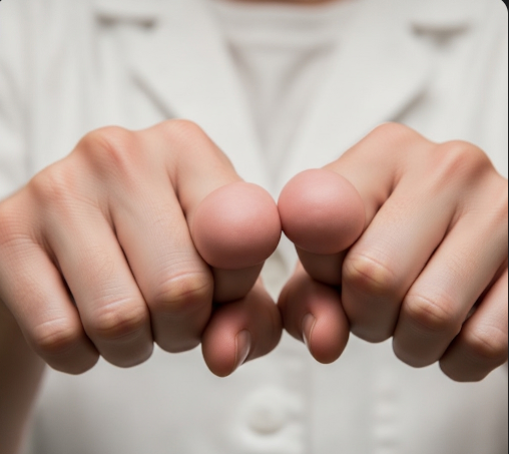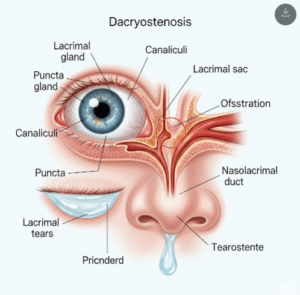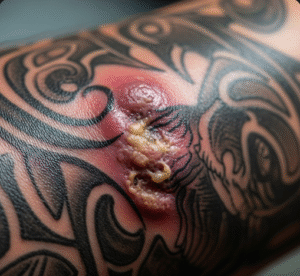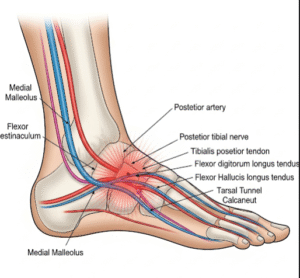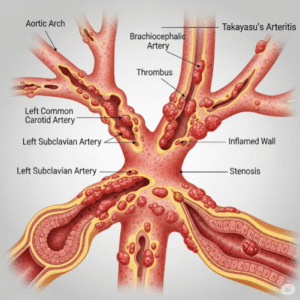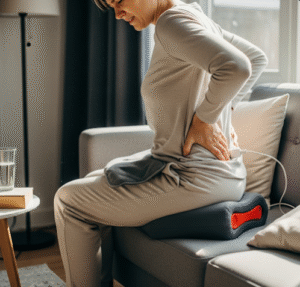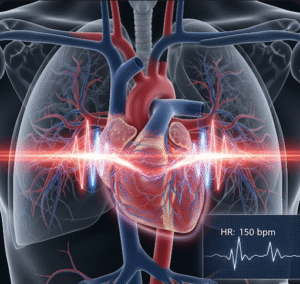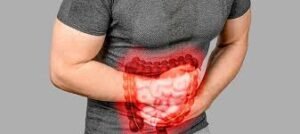Overview
Knuckle pads are benign, thickened skin growths that typically develop over the knuckles or joints of the fingers. These fibrous, raised nodules are usually painless and non-cancerous but can cause cosmetic concerns or discomfort due to their size and location. Although knuckle pads can appear at any age, they often develop in young adults and may be associated with repetitive trauma or certain genetic conditions. In Korea, dermatologists and hand specialists offer accurate diagnosis and a variety of treatment options, including conservative care and minimally invasive procedures.
What Are Knuckle Pads?
Knuckle pads are localized areas of thickened, fibrous skin overlying the extensor surfaces of the finger joints, particularly the proximal interphalangeal (PIP) or metacarpophalangeal (MCP) joints. They are composed of dense collagen and fibroblast proliferation resulting in firm, raised nodules. Knuckle pads are generally slow-growing and do not tend to regress spontaneously. They are considered a form of fibromatosis, a benign fibrous tissue overgrowth.
Symptoms
- Firm, rounded or oval nodules over the knuckles or finger joints
- Usually painless and not itchy, though some may experience mild discomfort
- Skin over the nodules may be thickened or slightly discolored
- Nodules vary in size, typically 0.5 to 2 cm in diameter
- Rarely affect joint function, but large lesions can cause mild stiffness or discomfort
Causes
The exact cause of knuckle pads is not always clear, but several factors are implicated:
- Repetitive trauma or friction: Continuous rubbing or pressure on knuckles, common in certain occupations or habits (e.g., frequent knocking or manual labor).
- Genetic predisposition: Familial cases have been reported, suggesting hereditary tendencies.
- Associated conditions: Knuckle pads can be part of fibromatosis syndromes like Dupuytren’s contracture or Ledderhose disease.
- Idiopathic: Many cases occur without an identifiable cause.
Risk Factors
- Occupations or activities involving repeated trauma or pressure to the fingers
- Family history of knuckle pads or related fibromatosis disorders
- Presence of systemic fibromatosis conditions
- Habitual behaviors like knuckle cracking or repeated tapping
Complications
- Cosmetic concerns and self-consciousness due to visible nodules
- Possible discomfort or mild pain if the pads become irritated
- Rarely, limited finger joint mobility if lesions enlarge significantly
- Psychological impact related to appearance in some individuals
Prevention
- Avoiding repetitive trauma or pressure on the knuckles
- Protective measures such as wearing gloves during manual work or sports
- Early intervention if small nodules develop to prevent growth
- Awareness and modification of habits like habitual knuckle tapping
Treatment Options in Korea
Korean dermatologists and hand surgeons offer several approaches to manage knuckle pads, tailored to symptom severity and patient preference:
- Conservative Management:
- Observation for asymptomatic, stable lesions
- Protective padding or splints to reduce trauma
- Topical treatments are generally ineffective but may be used in combination with other therapies
- Medical Therapies:
- Intralesional corticosteroid injections to reduce fibroblast activity and lesion size
- Use of keratolytic agents or retinoids in some cases
- Minimally Invasive and Surgical Treatments:
- Surgical excision for large, symptomatic, or cosmetically concerning knuckle pads
- Laser therapy to reduce thickness and improve appearance
- Cryotherapy or other destructive techniques used selectively
- Rehabilitation and Follow-up:
- Post-treatment physiotherapy if joint function is affected
- Regular monitoring to detect recurrence or new lesions
Korea’s medical centers emphasize minimally invasive options combined with skilled surgical care to provide effective and cosmetically acceptable outcomes for patients with knuckle pads.

